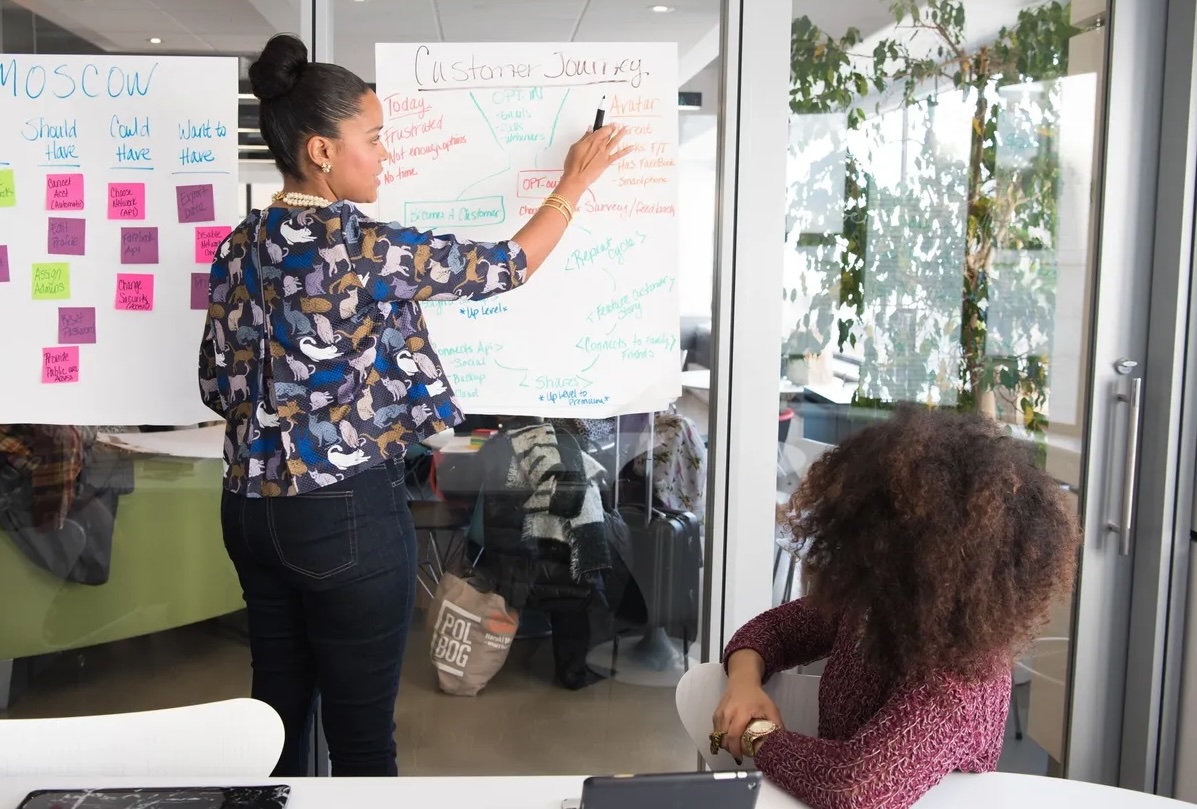Southeast Asia’s mix of democracies, military dictatorships and communist governments, alongside economies at various levels of development present a challenge for regional investment strategies. A tech-connected and youthful population with a growing affinity for entrepreneurship, however, make it an emerging hotspot for impact investing.
About 60 impact investors have placed about $900 million into 225 direct deals in the region over the last decade, with about 80% of capital deployed in the last five years, according to The Landscape for Impact Investing in Southeast Asia, the latest regional report from the Global Impact Investing Network. About a dozen development finance institutions, but mostly the International Finance Corp, have invested more than ten times that amount through about 289 direct deals.
- Concentrated capital. Cambodia, with robust microfinance sector, has attracted about $400 million from private impact investors. That’s more than Indonesia, the Philippines, and Vietnam combined. Indonesia, Philippines and Thailand have attracted two-thirds of development finance.
- Inclusion, basic services and jobs. Financial services, energy, and manufacturing have captured 82% of total impact investment capital in Southeast Asia.
- Missing middle. Deals under a half a million are rare in Southeast Asia. Most investors lack a local presence, which increases the cost of sourcing deals and pushes investors toward larger, later-stage deals.
- ImpactAlpha dealflow. In March, Impact Terra raised $3 million in grant capital to provide ag data to Myanmar farmers. In June, Filipino billionaire John Gokongwei and fintech startup Oriente committed $200 million to Cashalo, which uses non-traditional credit scoring methods make loans to individuals. Last week, Insitor Impact Asia Fund, a Phnom Penh-based impact investor, backed SolarHome to expand across Myanmar and into Cambodia and Indonesia by year’s end.
Moving capital with a gender lens has the potential to unlock underserved market and additional social impacts, says Julia Newton-Howes of Investing in Women, an Australian government initiative pushing gender-lens investing in the region, (See, “Australia’s bet on women entrepreneurs in Southeast Asia”). Five private impact investors with an explicit gender-lens have made about 30 deals totaling $40 million. “Impact investing will not reach its full potential without incorporating an intentional gender lens.”











